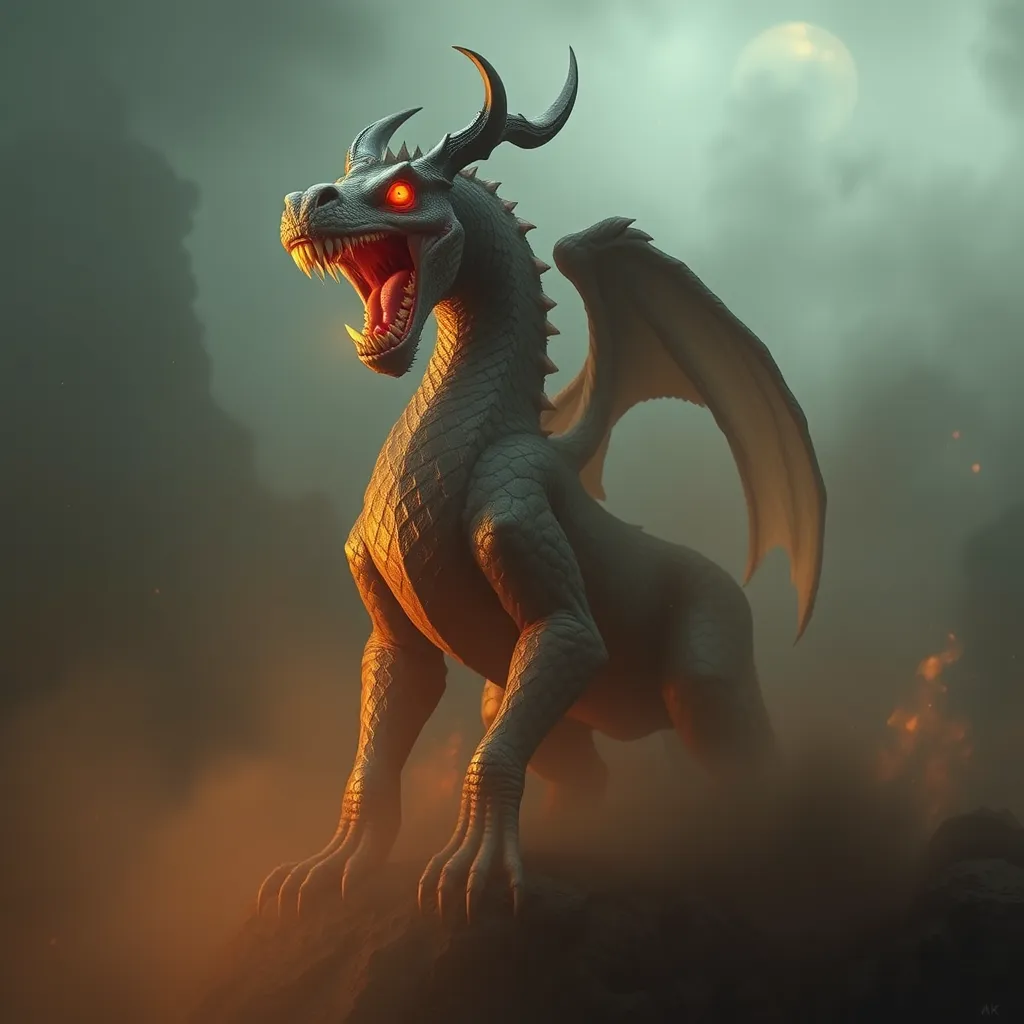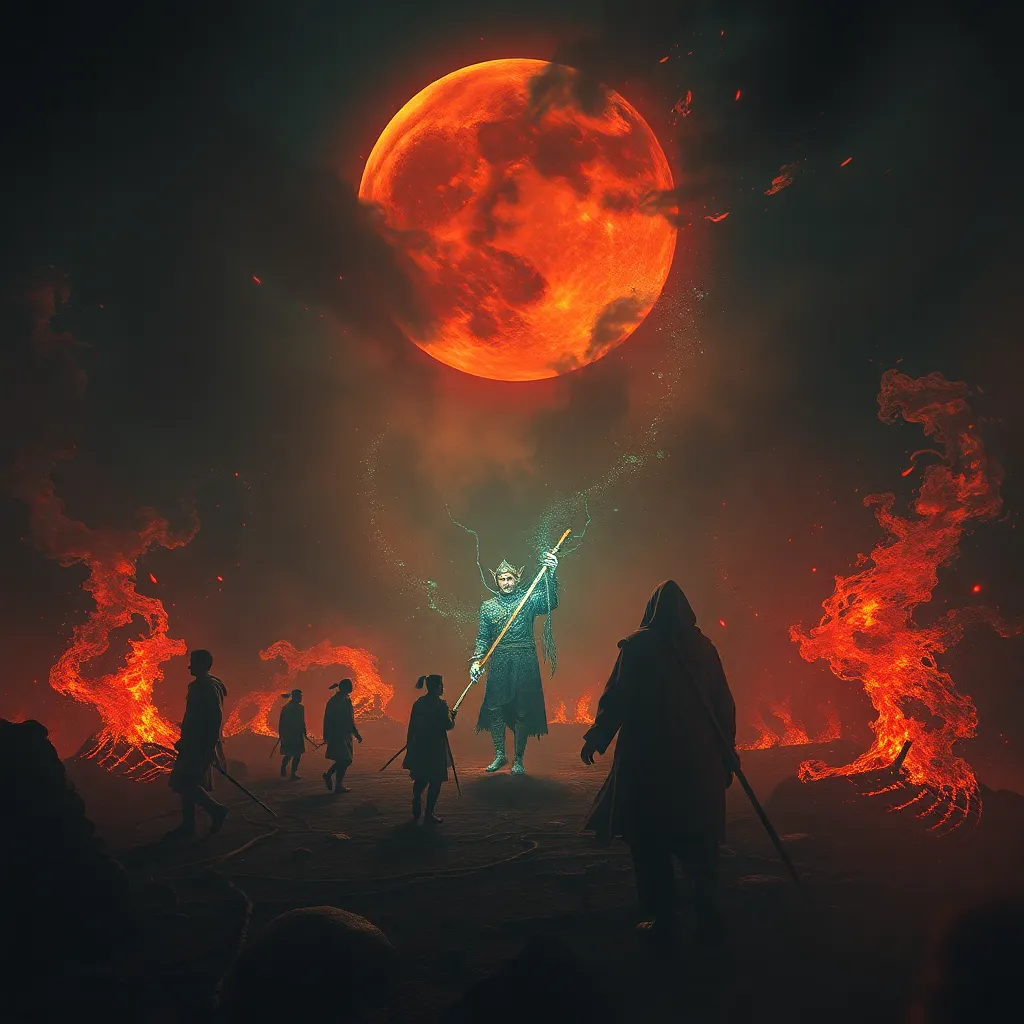From Typhon to the Chimera: Exploring Roman Monsters and Their Connections
I. Introduction
Roman mythology is a rich tapestry woven from ancient beliefs, cultural exchanges, and historical narratives. It served not only as a religious framework but also as a means to explain the natural and supernatural world. Among its most fascinating elements are the myriad of monsters that populate its stories, two of the most notable being Typhon and the Chimera. This article seeks to explore the origins, characteristics, and cultural significance of these Roman monsters, shedding light on their enduring legacy.
II. The Origins of Roman Monsters
The historical context of Roman mythology is deeply intertwined with the civilization’s development, influenced significantly by earlier Greek traditions. The Romans adopted many elements of Greek mythology, including the pantheon of gods and various mythical creatures, but often reinterpreted them to fit their societal norms and values.
Monsters in ancient Roman society were not merely figments of imagination; they held profound significance in religion and daily life. They represented fears, moral lessons, and the unknown. These beings often served as cautionary tales that reflected societal values of the time.
III. Typhon: The Greek Titan and His Roman Adaptation
Typhon, originally a monstrous titan from Greek mythology, was described as a giant with a hundred dragon heads and a serpentine body. His fierce and chaotic nature made him a symbol of storms and destruction. In Roman adaptations, Typhon retained much of his Greek characteristics but was often interpreted through a lens of Roman values and fears.
In myths, Typhon was known for his battle against Zeus, which represented the conflict between order and chaos. In Roman literature and art, Typhon was depicted as a fearsome creature, embodying nature’s wrath and the potential for destruction. His presence in Roman storytelling served to remind audiences of the power of the gods and the fragility of human existence.
IV. The Chimera: A Hybrid Beast of Roman Lore
The Chimera is another prominent figure in mythology, often described as a hybrid creature with the body of a lion, the head of a goat rising from its back, and a serpent for a tail. This monstrous combination made the Chimera a symbol of chaos and unpredictability.
Originating in Greek mythology, the Chimera evolved in Roman narratives, where it was often associated with omens and the unknown. The beast represented the fears of the Romans regarding the chaotic forces of nature and the unpredictability of life. Roman stories involving the Chimera also served to illustrate the theme of heroism, as many heroes sought to confront and overcome this formidable beast.
V. Comparative Analysis: Typhon vs. Chimera
When comparing Typhon and the Chimera, several similarities and differences emerge. Both creatures embody chaos and destruction, often depicted with fearsome appearances. However, their roles within mythology diverge significantly:
- Similarities:
- Both represent the chaotic forces of nature.
- Each serves as a symbol of humanity’s struggle against overwhelming odds.
- Differences:
- Typhon is often portrayed as a titan, directly challenging the gods.
- The Chimera is a creature that heroes must conquer, symbolizing personal and societal challenges.
These monsters significantly impacted Roman identity and worldview, serving as metaphors for the struggles between civilization and chaos.
VI. The Cultural Significance of Monsters in Roman Society
Monsters in Roman mythology reflect societal fears and values. They were often used in art and literature to convey moral lessons or to warn of the dangers of hubris and disobedience to the gods. In architectural designs, such as those seen in temples and public buildings, monstrous figures often adorned facades, serving both decorative and symbolic purposes.
In contemporary culture, the influence of Roman monsters endures. They appear in various forms of media, from literature to film, often reinterpreted yet retaining their core themes of chaos and morality. Their stories continue to resonate, highlighting the timeless nature of fear and the unknown.
VII. Lessons from Roman Monsters: Morality, Power, and Nature
The tales of Typhon and the Chimera impart significant moral lessons. They caution against the dangers of unchecked power and hubris, demonstrating that those who challenge the natural order may face dire consequences. Moreover, they explore humanity’s relationship with nature, emphasizing respect and humility.
These themes remain relevant in today’s world, where humanity grapples with environmental crises and the consequences of technological advancement. The stories of these ancient monsters serve as reminders of our responsibilities and the potential repercussions of our actions.
VIII. Conclusion
This exploration of Roman monsters, particularly Typhon and the Chimera, reveals their deep connections to cultural narratives and societal values. Their legacies endure in modern storytelling, reminding us of the complexities of human nature and the world we inhabit. Studying these ancient monsters not only enriches our understanding of Roman mythology but also provides insights into the cultural narratives that shape our lives today.



